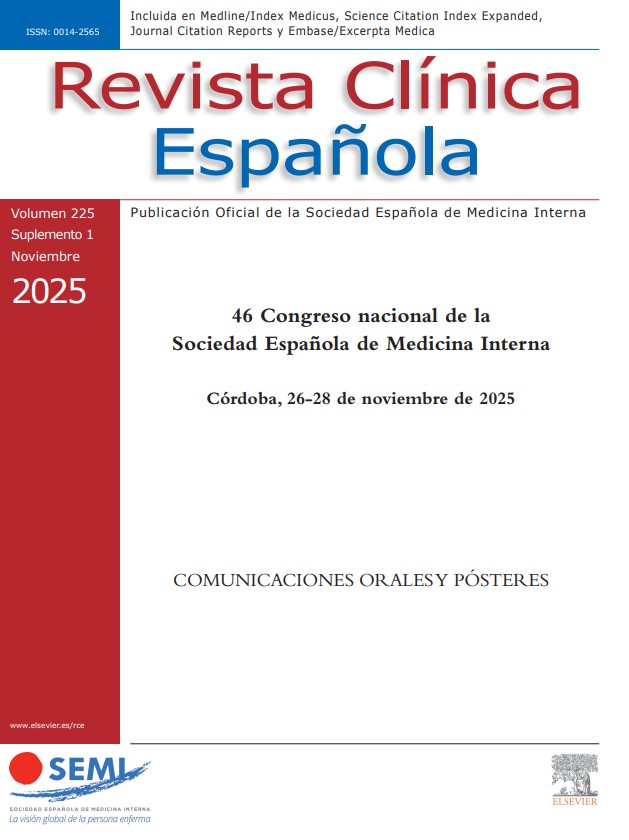Obesity is a multifactorial, complex, chronic metabolic disease1 associated with chronic inflammation that plays an essential role in the development of type 2 diabetes mellitus (DM2), dyslipidemia, hypertension (HT), cardiovascular diseases (CVD), and cancer.2
Currently, the 2019-nCoV coronavirus is devastating the planet. It has diverse clinical manifestations including, most notably, lung disease. The risk factors for infectious diseases depend on the host, the pathogen, and the environment. Various factors associated with the severity and a worse prognosis of 2019-nCoV infection have been described, such as age, presence of chronic diseases such as DM2 or HT, and diseases that compromise the immune system.3 In the few series that have been published, obesity is also included among these factors, especially for those younger than 65 years of age.3–5
Obesity is associated with a worse immune response and a poor prognosis for respiratory infections, as was observed during the influenza A (H1N1) epidemic in 2009.6 At baseline, people with obesity have an associated low grade of chronic inflammation; they have decreased concentrations of anti-inflammatory adiponectin and elevated concentrations of proinflammatory cytokines such as interleukin 6, tumor necrosis factor alpha, and leptin, which are produced in visceral and subcutaneous abdominal fatty tissue, especially in males. All are associated with greater severity of disease caused by 2019-nCoV.7 This “inflamed” microenvironment predisposes people with obesity to an abnormal cellular and humoral immune response leading to, on one hand, greater susceptibility to and delay in resolution of the infection and, on the other hand, the onset of severe lung injury and lesser immunization coverage.8 Associated with inflammation, obesity predisposes the body to a state of hypercoagulability, in this case boosted by 2019-nCoV. It is also important not to forget abnormalities in respiratory dynamics, also especially of note in males, as it confers greater predisposition to respiratory diseases such as asthma or hypoventilation syndromes, aggravated by microaspirations secondary to gastroesophageal reflux disease.
Recent publications have described a relationship between people with obesity and greater contagiousness due to the fact that they may exhale the virus for a longer time or favor the appearance of more virulent strains, both due to the particular proinflammatory microenvironment and lower interferon production.9
In this scenario of uncertainty, with the worldwide dissemination of the infection and the obesity epidemic, clinicians must pay close attention and must monitor and treat people with obesity early and aggressively.
Nevertheless, once the 2019-nCoV tsunami passes, we must not forget the lessons learned. The approach to epidemics transcends the healthcare field and requires the involvement of political authorities and civil society. The beneficial effects of moderate physical exercise on the immune system are well-known; it modulates inflammation and insulin resistance, preventing cellular aging and the formation of free radicals.10 Social policies must be aimed at promoting a healthy lifestyle, regular physical exercise, and achieving a healthy weight, thus breaking the toxic relationship between obesity and infection.
Please cite this article as: Carretero Gómez J, Arévalo Lorido JC, Carrasco Sánchez FJ. Obesidad y coronavirus 2019nCoV: una relación de riesgo. Rev Clin Esp. 2020;220:387–388.





